In two minutes I will tell you the story of the father of Impressionism, his works en plein air and his passion for water lilies.
There are artists who become famous after death, like van Gogh. Others, like Picasso, were already famous during their lifetime. Monet is in the middle: after a life as a misunderstood painter, he became famous when he was old.
It is thanks to him that Impressionism was born, an artistic movement that changed the history of art, showing the world, with fleeting and rapid brushstrokes, a romantic Paris full of light.
In two minutes, I tell you the life of Claude Monet, the painter of the Water Lilies.
BIOGRAPHY AND WORKS OF MONET:
SUMMARY IN TWO MINUTES (OF ART)
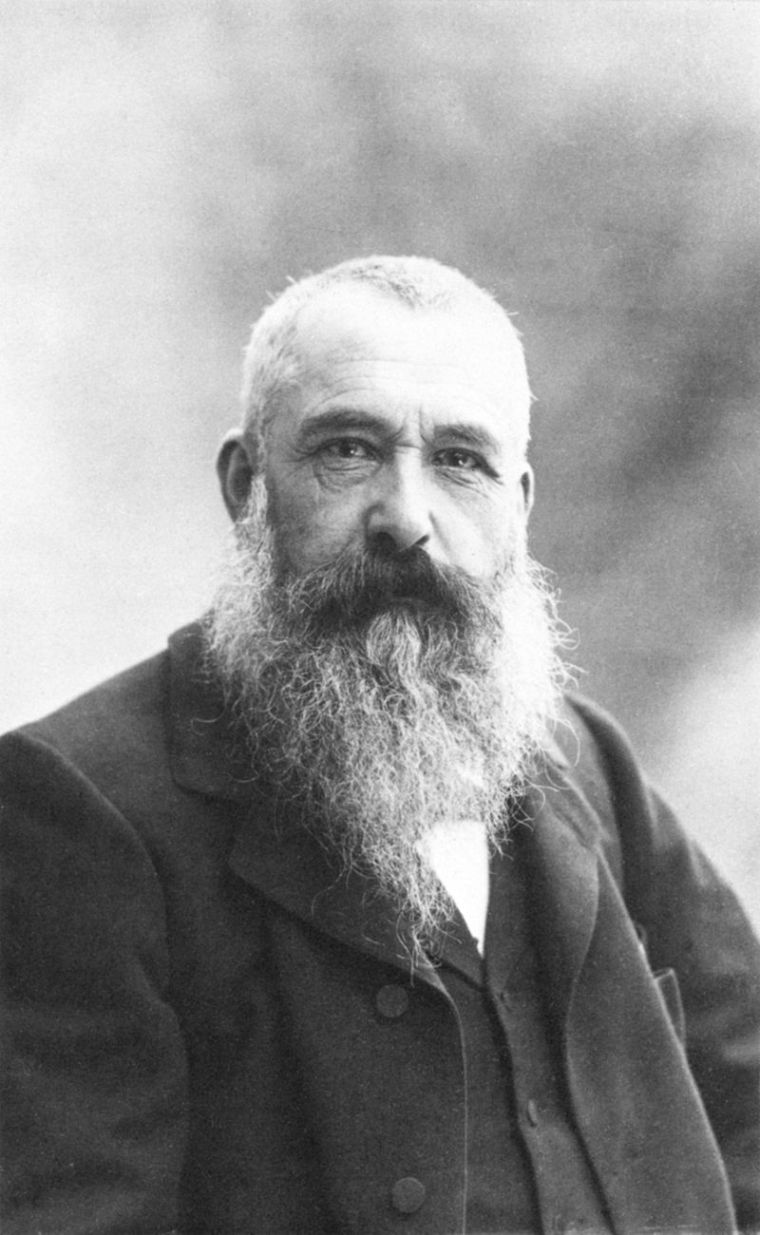
Who is Claude Monet?
1. The French painter Claude Monet (Paris, 1840 – Giverny, 1926) is considered the father of Impressionism. The very name of this artistic movement is in fact linked to one of his works: Impression. Sunrise (1872).
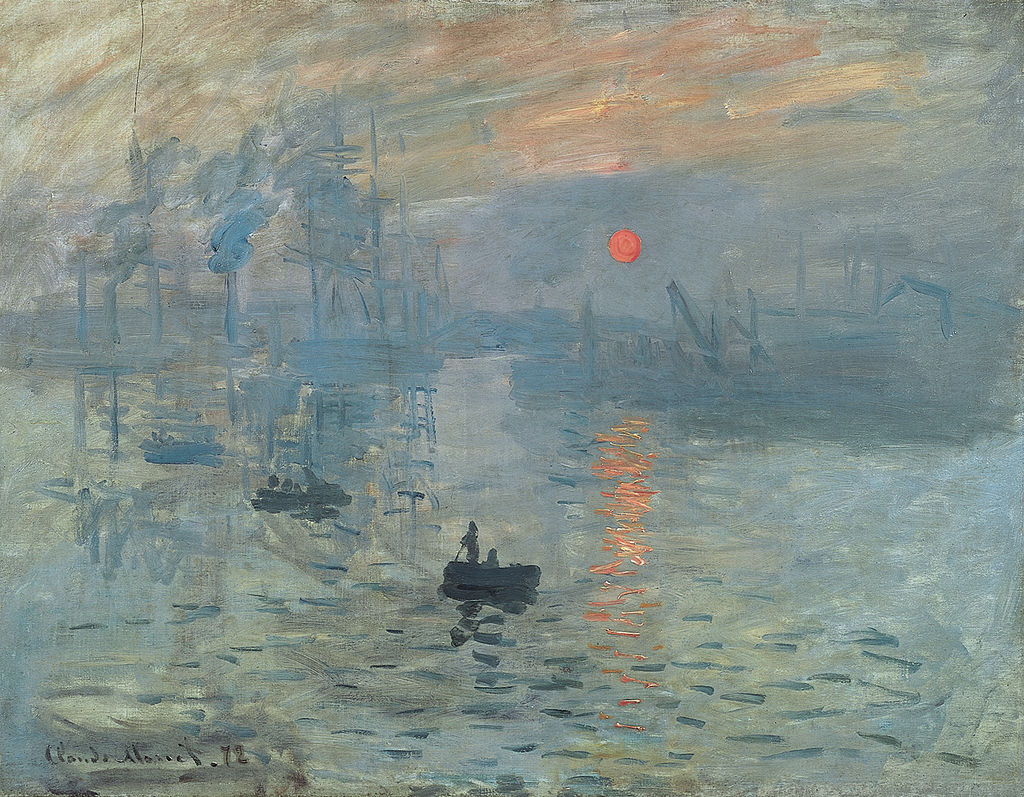
The artistic training of Monet
2. Monet’s passion for art manifested itself in his adolescent years. As a young man in fact proved very skilled with caricatures that sold for a few coins.
It was during these years that he met Eugène Boudin, an already established artist, who with kindness and patience taught the young Claude the basics of painting nature and transmitted the love for painting en plein air.
Monet and the city of Paris
3. At the age of sixteen Monet decided to leave Le Havre, the town where his parents had moved when he was a child, and leave for Paris with canvases, brushes and a small amount of money he had earned drawing caricatures. In Paris he met the painter Courbet with whom he established an intense friendship.
The first experience of Monet in Paris, however, lasted a short time: twenty years was called to arms for military service, which at the time lasted seven years. Monet asked to be sent to Algeria, but after two years he fell ill with typhus and was forced to return home.
4. The family, in order not to make him rejoin the army, paid a substitute to take his place (at the time it was a common practice). He also allowed Monet to return to Paris and take lessons from a painting master.
Thus in 1862 Monet joined the academy of Charles Gleyre.
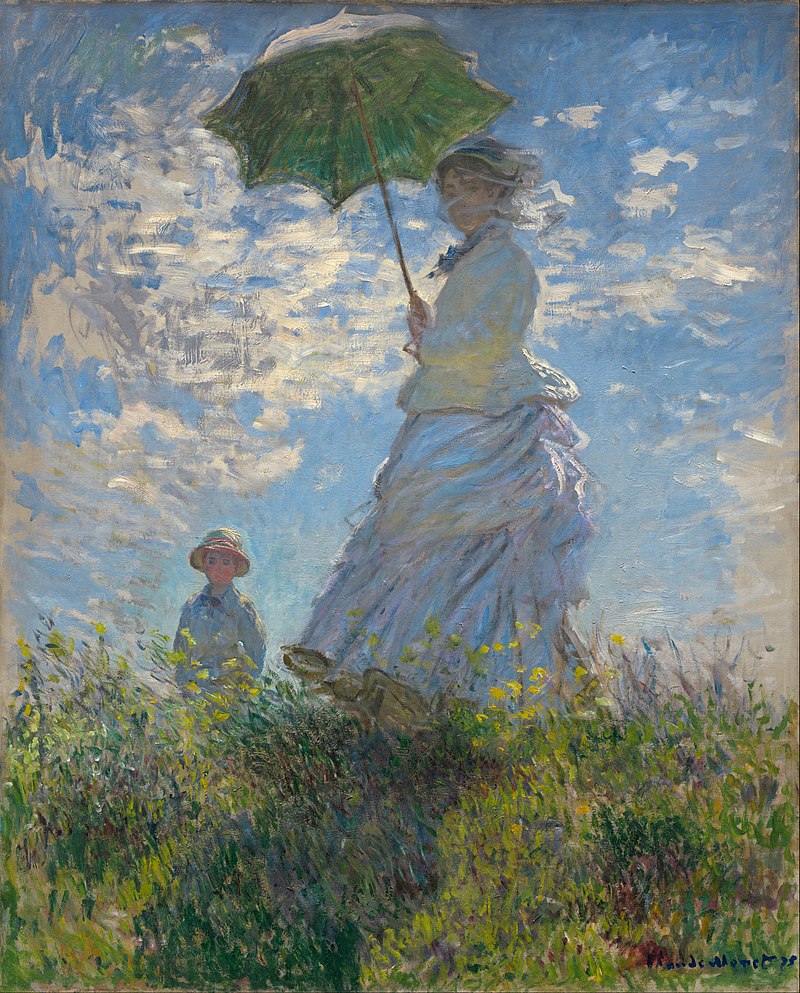
5. In Paris Monet distinguished himself not only for his great artistic ability, but also for his elegance, charisma and success with the ladies of the city. It seems that one day he declared: “I only sleep with duchesses or maids. Preferably with the duchesses’ maids. Anything in between immediately turns me off.”
Monet and Impressionism
6. Monet had a strong personality and a non-conformist soul. In those years, in fact, painters worked only within their studies (the ateliers). Monet instead, along with a group of friends painters, began to paint outdoors: painting was born “en plein air”.
Among the artists who followed him from the beginning were Camille Pissarro, Alfred Sisley, Frédéric Bazille and Pierre-Auguste Renoir, with whom he formed a long friendship. They didn’t know it yet, but those young men were about to give birth to Impressionism.
7. The first exhibition of the Impressionists was set up in the Parisian studio of the photographer Nadar. It was 1874 and Monet was only twenty-four years old. The exhibition was a failure.
There followed a difficult period of poverty: the works of Impressionists were not understood and therefore rarely bought. Europe was not going through a period of great prosperity and the first ones to suffer were the less famous artists.
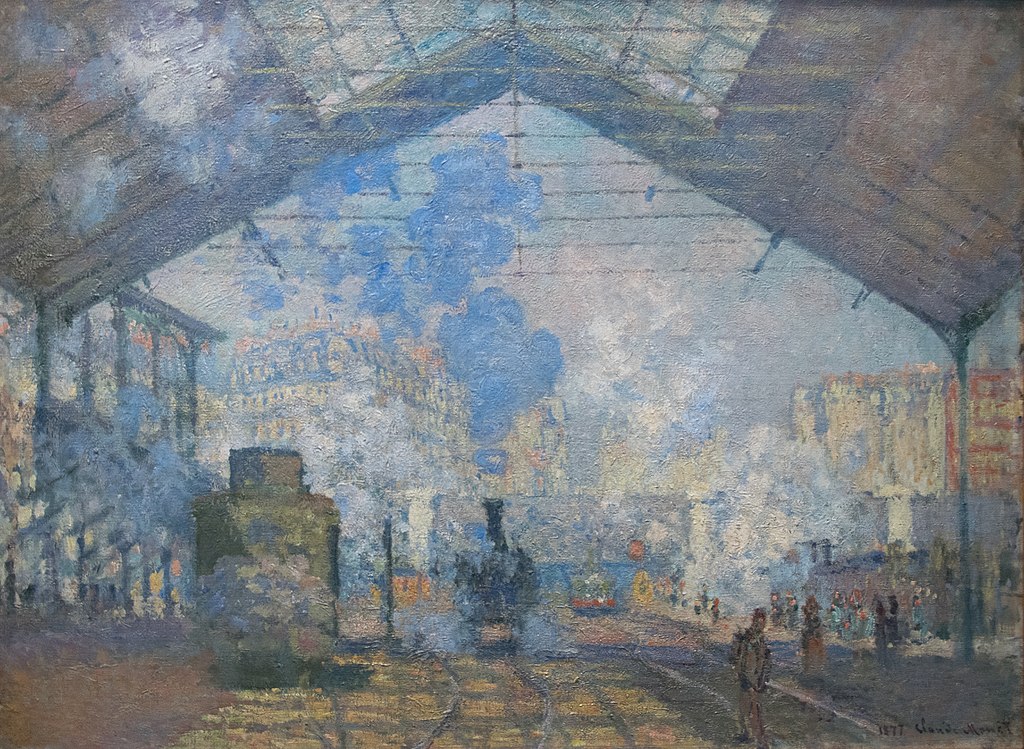
The transfer to Gliverny and success
8. Monet, however, did not give up and continued to paint. In 1883 he moved with his second wife and children in the small country town of Gliverny to be able to portray nature in complete freedom.
It was in 1889 that his art was finally recognized with a solo exhibition at the Petit Gallery in Paris. With that exhibition Monet finally got the deserved success and critics counted him among the most important French artists of the time.
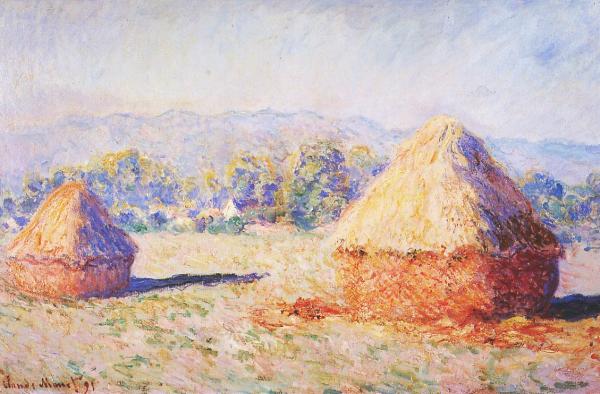
Monet’s masterpiece: The Water Lilies
9. Despite the success, Monet did not leave the small town of Gliverny. There he began to paint the series of paintings that had for theme the Grainstacks. Monet in fact often painted paintings in series: that is, works that portrayed the same subject, at different times of the day or year.
Very famous are the series that depict Cathedrals, Poplars but especially Water Lilies.
The decision to paint works in series comes from the philosophy that animates the painting of Monet: to portray nature as it is, always changing, so even take always the same subject does not mean reproduce the same painting, because the changes in light, wind and shadows return to the eyes of the artist a subject always new.
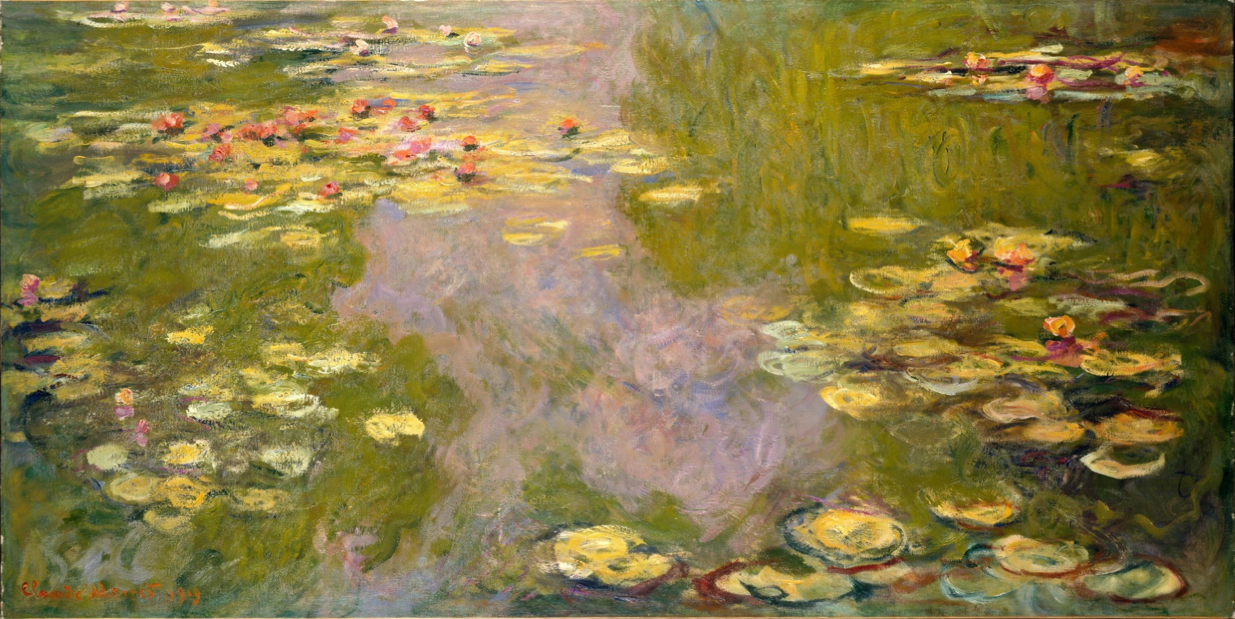
10. The Water Lilies is certainly the work that more than any other encapsulates Monet’s perseverance, study and technique. He began to work on this subject in 1899, dedicating the last twenty-seven years of his life to it.
Monet continued to paint even when cataracts made him almost blind, focused on portraying that small corner of his garden with the ambition to capture the essence and fleetingness of nature.
From: www.dueminutidiarte.com
